What is a Pistol Suppressor? 😏
It is also known as a silencer, a device attached to the barrel of a firearm to reduce the amount of noise and visible muzzle flash generated by firing. Suppressors are typically constructed of a metal cylinder with internal baffles to decrease the sound of the explosion by slowing the escaping gases. While they don’t completely silence the noise, they significantly lower the sound level and make the shot less conspicuous.
Features 🧐
⚪ Foremost, they are characterized by their cylindrical shape and metal construction, which is designed to endure the high temperatures and pressures generated by the firing process. The interior of a suppressor is equipped with a series of baffles, a key feature that assists in reducing the sound of the explosion. These baffles work by slowing down and cooling the escaping gases, which in turn mitigates the sound produced during firing.
⚪ Another important feature is their ability to reduce visible muzzle flash. This is achieved by allowing the propellant gases to expand and cool within the suppressor before they exit the barrel, significantly reducing the visible signature of the shot.
⚪ Despite their name, it’s critical to note that ‘silencers’ do not completely eliminate the noise of a gunshot. Instead, their function is to lower the sound to less harmful levels and make it less conspicuous, thereby protecting the shooter’s hearing and minimizing disturbance to the surroundings.
⚪ Some models also feature a recoil-reducing mechanism, which can improve the shooter’s control over the firearm and enhance accuracy.
It’s worth noting that the specifics of these features can vary significantly between different models and manufacturers, influenced by factors such as the intended use of the firearm, specific design philosophies, and regulatory constraints.
Types 🤠
Indeed, there are several different types of suppressors, each designed with specific applications and requirements in mind. The main types include the monocoque, K-baffle, and reflex suppressors.
- 🟢 The monocoque suppressor features a single-piece baffle design, simplifying cleaning and maintenance. This type often delivers excellent sound reduction but might add more weight and length to the firearm.
- 🟢 K-baffle suppressors, on the other hand, consist of a series of individual baffles that direct and slow the propellant gases. These suppressors are generally lightweight and compact, making them a popular choice for smaller firearms.
- 🟢 Reflex suppressors extend back over the barrel of the firearm, offering a larger volume for gas expansion and cooling without increasing the overall length of the weapon. This type can deliver a superior noise reduction performance and is often chosen for larger calibre firearms.
Each type has its advantages and potential drawbacks, and the choice between them is typically influenced by factors such as the specific firearm model, the intended use of the suppressor, and personal preferences regarding size, weight, and maintenance.
Benefits 😎
✴️ Firstly, they significantly reduce the noise signature when firing, making pistol shooting much quieter. By containing and cooling the propellant gases within the suppressor, these devices greatly diminish the muzzle blast noise emitted with each shot. ↪️ This benefit is hugely advantageous for hearing protection.
✴️ Secondly, these items mitigate muzzle flash, which helps preserve night vision for shooters. The large muzzle flash emitted from firing a pistol can temporarily impair vision in low-light shooting situations. By containing gases and particles within the suppressor, it practically eliminates visible muzzle flashes. ↪️ This is critical for maintaining visual acuity in tactical or self-defence low-light conditions.
✴️ Moreover, suppressed pistols have less felt recoil, further aiding shooter control and precision. By dampening and regulating the escape of propellant gases, the suppressor soaks up some of the rearward impulses when firing. ↪️ This slightly reduces the motion of the pistol, allowing the shooter to get back on target more easily and track the pistol through its recoil arc better.
✴️ Finally, due to the above benefits, suppressed pistols are enjoyable and comfortable to shoot extensively. The reduction in noise, flash, and recoil mitigates much of the concussive effects of pistol shooting. ↪️ This enables suppressed pistol shooting for extended training sessions without excessive fatigue or discomfort afterwards.
Best Pistol Suppressors Reviews
1# Advanced Armament – Ti-Rant® 45 Auto Pistol Suppressors
If you need a top-of-the-line performance in a 45 Auto suppressor, note the Ti-Rant® series from Advanced Armament. Made from the highest quality materials, the Ti-Rant® series is designed for superior durability and reliable operation. The fully serviceable design allows users to easily clean and maintain the suppressor, while the advanced “K” baffles provide outstanding sound and flash reduction. For even more performance, a wet charge of water will increase performance by up to 30%. So whether you’re a competitive shooter or just want the best possible suppression for your 45 Auto pistol, the Ti-Rant® series from Advanced Armament is the way to go.
2# Dead Air Armament – Ghost-M Pistol Suppressor
The DeadAir Ghost-M is the perfect choice for those looking for a modular, multi-calibre pistol/sub-gun suppressor. It is fully auto-rated and features a unique patent-pending modular design, making it one of the most versatile suppressors on the market. Made from high-quality 17-4 stainless steel, titanium, and anodized 7075 aluminium, the Ghost-M is built to withstand anything you throw at it while still being lightweight enough to carry with you everywhere you go.
Installation 🛠️
💠 Firstly, ensure the firearm is unloaded: Before attempting to attach a suppressor, always ensure your pistol is unloaded. After that, you can remove the magazine, clear the chamber, and visually inspect the bore to confirm it is empty.
💠 Secondly, check compatibility: Verify that your pistol is compatible with the suppressor you intend to use. It is quite important to ensure the suppressor’s threading matches the threaded barrel of your pistol, as different models may have varying thread pitches.
💠 Moreover, prepare the suppressor: Based on our experience we recommend checking if the suppressor is clean and in good condition. We advise removing any dirt, debris, or fouling from the suppressor’s internals and threads. Inspect for any damage or defects that could affect its performance.
💠 Thirdly, prepare the pistol: If your pistol does not have a threaded barrel, you will need to replace the stock barrel with one that is threaded to accommodate the suppressor. Here we hope that your new barrel is properly installed, and the threads are clean and undamaged.
💠 Fourthly, lubricate the threads: We tried to do it several times and noticed that it is necessary to apply an appropriate firearm-specific lubricant to the threads on both the pistol barrel and the suppressor. This will facilitate easier installation and reduce the risk of threads binding.
💠 Additionally, align the suppressor: Carefully align the suppressor with the threaded barrel, ensuring that it is centred and straight. Avoid cross-threading, which can damage the threads and suppressor.
💠 Furthermore, hand-tighten initially: Using your hand, gently thread the suppressor onto the barrel until it is snug. This ensures initial alignment without the risk of over-tightening or damaging the threads.
💠 Finally, use a suppressor wrench: Using a suppressor wrench designed for your specific suppressor model, securely tighten the suppressor onto the barrel. Follow the manufacturer’s recommended torque specifications, as over-tightening can cause damage or negatively affect performance.
FAQ ❓
Conclusion 🤩
Pistol suppressors, or ‘silencers’, are complex devices that contribute significantly to a safer and more manageable shooting experience. They exhibit a range of features, including sound reduction, visible muzzle flash mitigation, and in some cases, recoil reduction. There are also various types of suppressors, such as monocoque, K-baffle, and reflex, each with its unique advantages, catering to different firearms and user requirements.
However, it’s vital to remember that suppressors do not entirely eliminate the noise of a gunshot but lower it to less harmful and less noticeable levels.
Choosing the right suppressor requires consideration of multiple factors and often comes down to personal preference and specific shooting needs.
Affiliate Disclosure: Rotorm.com sometimes gets paid for listings, through sponsors or affiliate programs like Amazon, Optics Planet, Lucky Gunner, Brownells, Cabelas, Rainier Arms, 5.11 Tactical, Bass Pro Shop, etс. Clicking a link helps keep Rotorm.com free, at no extra cost to you!
About the author: Each article on our site is written by experts in survival and tactical equipment, gun enthusiasts, extreme travelers, military, law enforcement and desperate professionals, read about the author at the bottom of the article or visit "About Us" page.
Note: The views and opinions expressed in this article are those of the authors and do not necessarily reflect the official policy or position of any agency.

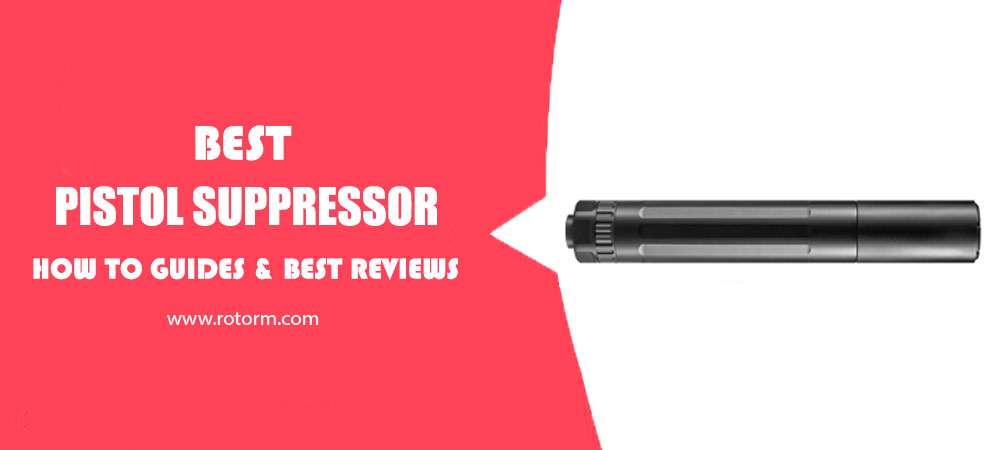


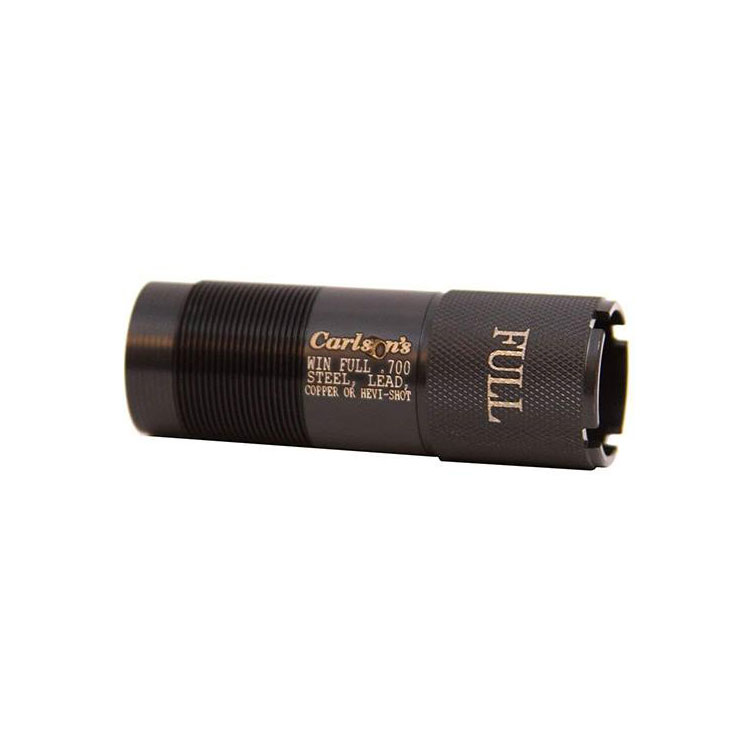
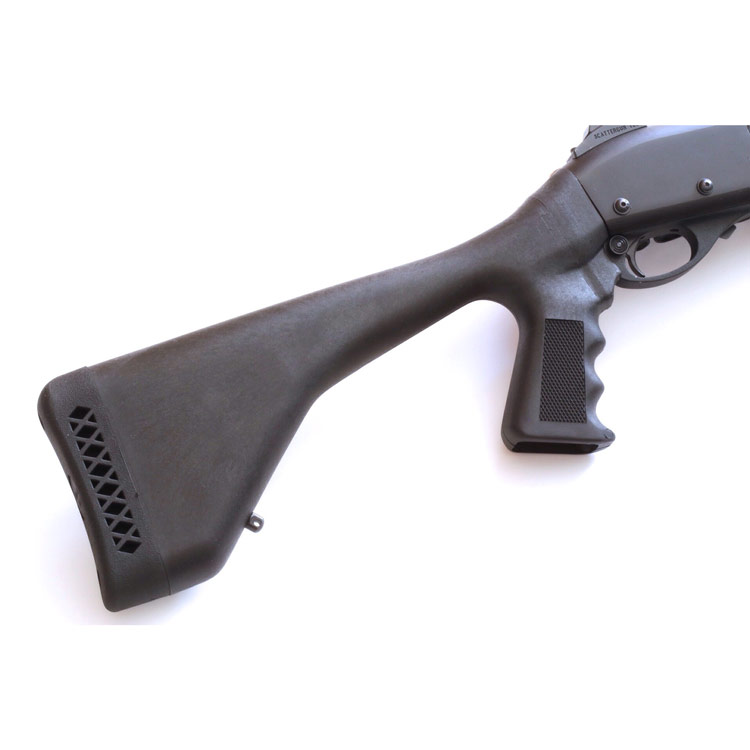
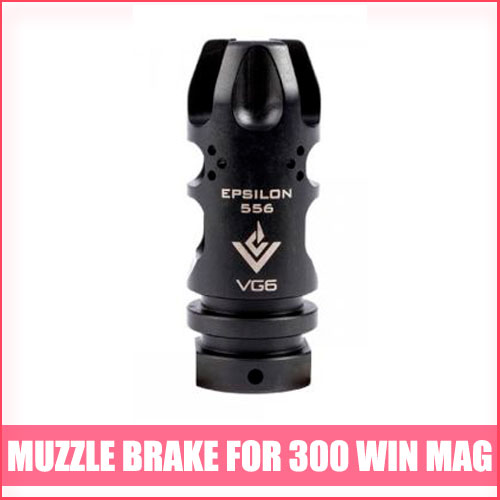
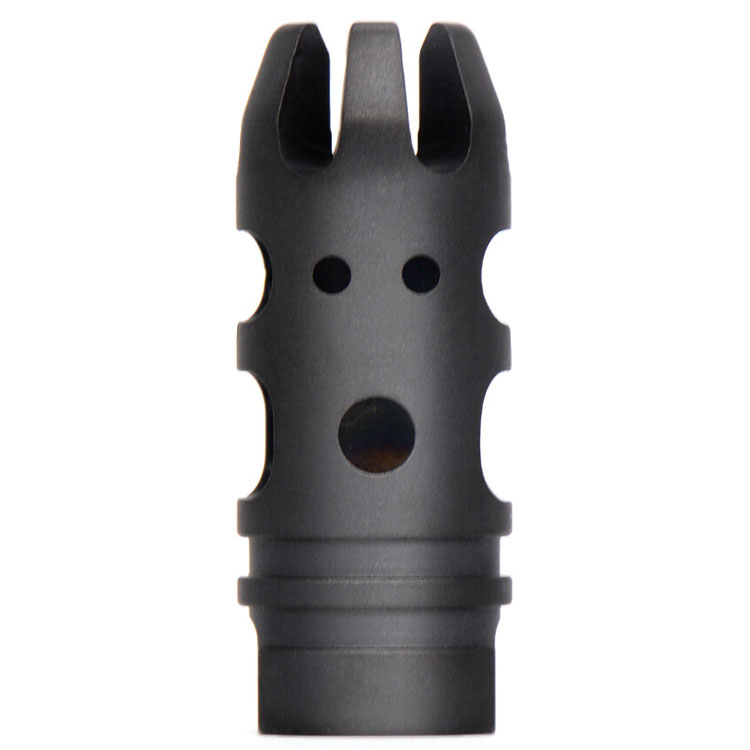
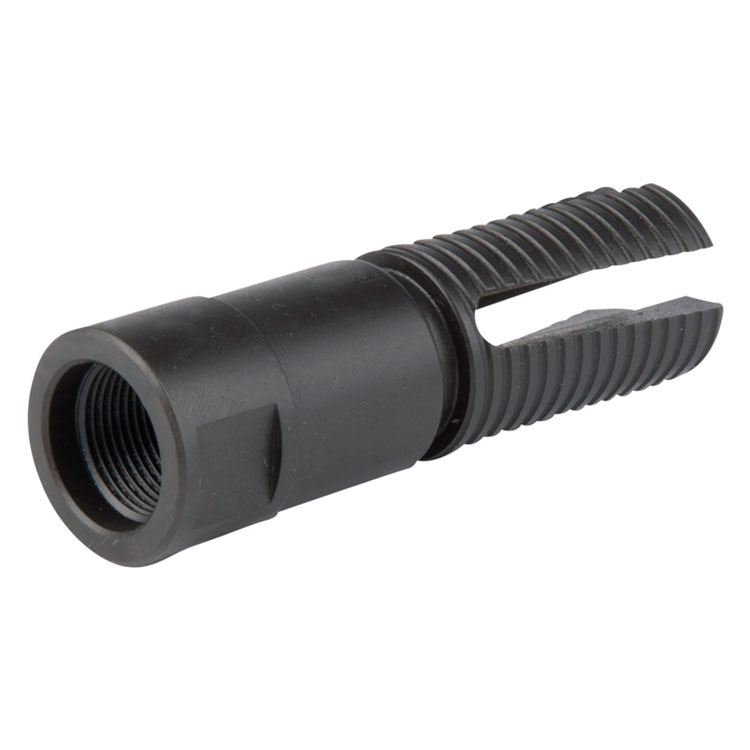
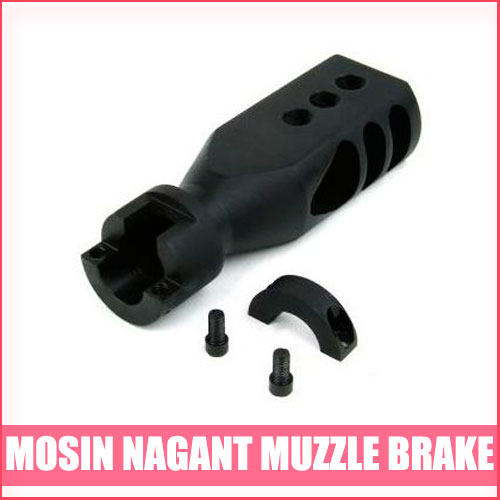
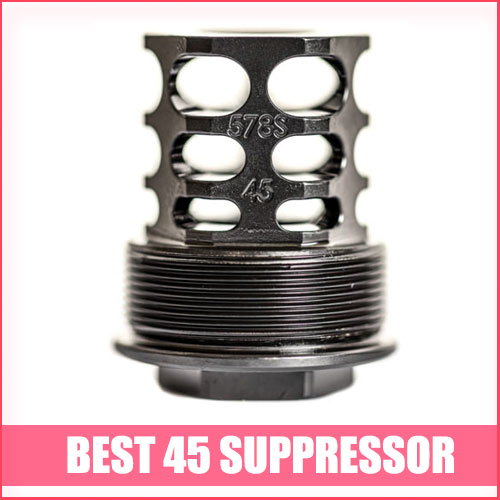

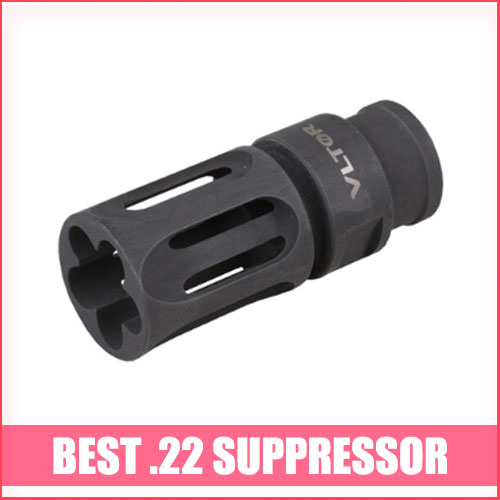
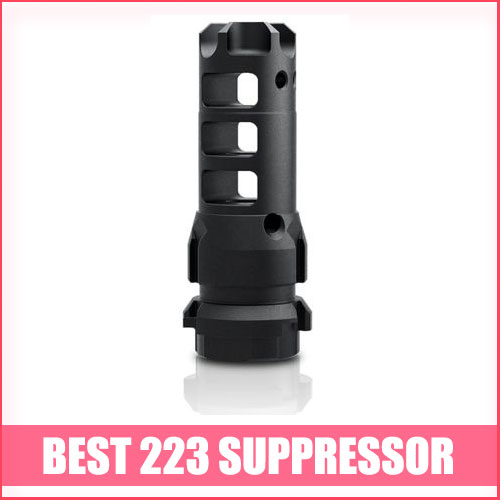

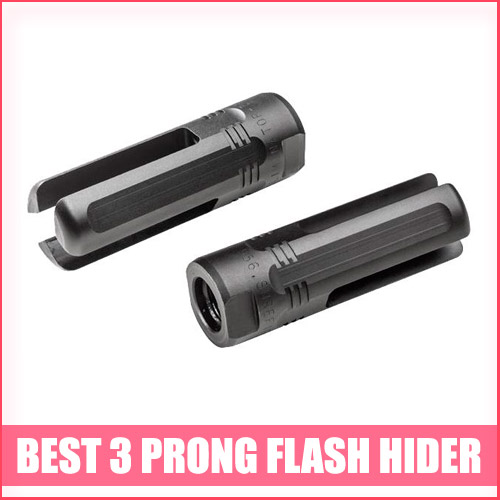
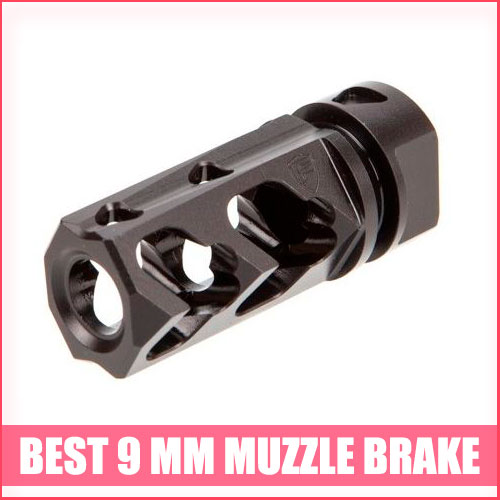
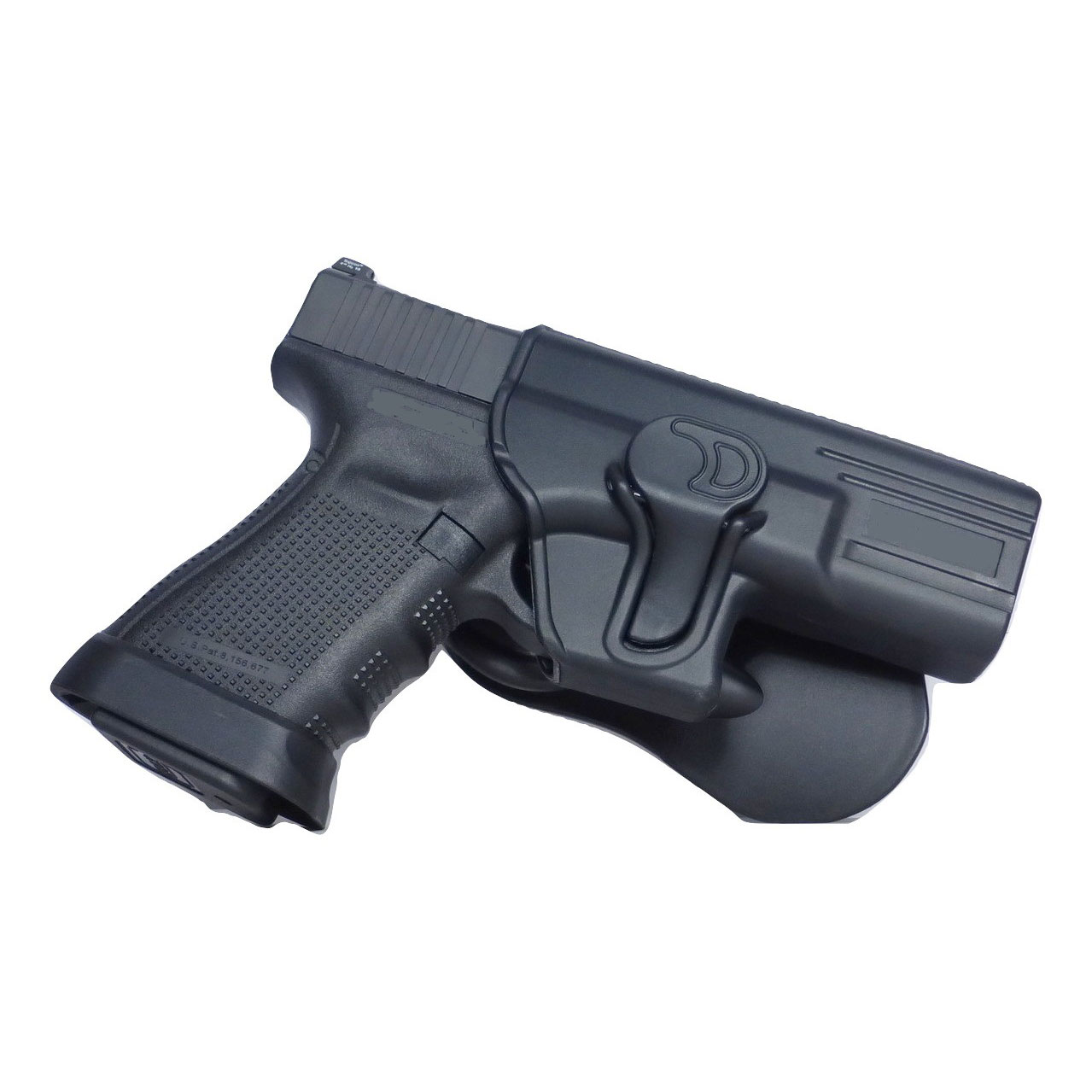
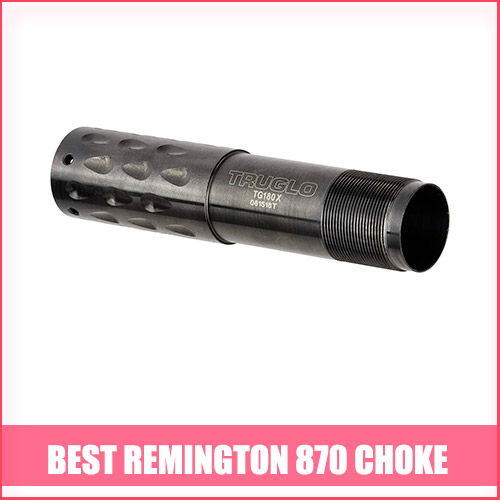
I’ve encountered issues with my suppressor not staying tight during extended shooting sessions. Any recommendations for preventing it from loosening up?
Here are a few tips that might help you keep your suppressor snug:
*️⃣ Proper Torque: Make sure you’re tightening the suppressor to the manufacturer’s recommended torque specifications. Using a torque wrench can help you achieve the right level of tightness without over-tightening.
*️⃣ Thread Locker: Consider using a thread locker like Loctite specifically designed for firearms. Apply it sparingly to the threads before attaching the suppressor. Be sure to use a type that allows for removal when needed.
*️⃣ Check Alignment: Ensure that your suppressor is correctly aligned with the barrel. Misalignment can cause the suppressor to come loose. Some shooters even mark their suppressors and barrels to ensure they always mount them in the same position.
*️⃣ Heat Cycling: Suppressors can expand and contract with heat. During extended shooting sessions, they can get hot and potentially loosen. Pausing occasionally to let the suppressor cool down a bit can help.
*️⃣ Maintenance: Regularly inspect the suppressor for any signs of wear or damage, especially around the threads. Keeping it in good condition can prevent issues down the line.
Using thread locker (like Loctite) on the suppressor threads can help prevent it from coming loose. Just be sure to use a type that allows for removal when needed. Also, check the torque specifications recommended by the suppressor manufacturer to ensure it’s tightened to the proper level.
I’ve been looking for a good holster for my suppressed Glock 19, and it’s been a bit of a challenge. The extended barrel and suppressor make it tough to find a holster that fits right. Any recommendations?
✅ Yes, there are specific holsters designed for use with suppressed pistols, often referred to as “suppressor-ready” or “suppressor-compatible” holsters. These holsters are specially designed to accommodate handguns equipped with suppressors, taking into account the added length and bulk of the firearm when the suppressor is attached. Here are some key features and considerations regarding holsters for suppressed pistols:
🔰 Extended Barrel and Suppressor Clearance: Suppressor-ready holsters are designed with longer pouches or holsters to accommodate the extended barrel length of a suppressed pistol. This extra space allows the suppressor to protrude without obstructing the holster’s functionality.
🔰 Height and Width Adjustments: Many suppressor-compatible holsters are adjustable in terms of height and width, allowing users to fine-tune the fit for their specific handgun and suppressor combination.
🔰 Retention and Security: A good holster should provide adequate retention to secure the firearm in place. Ensure that the holster you choose offers sufficient retention even with the added weight and bulk of the suppressor.
I had the same issue with my CZ P-10C. After some research, I found a few Kydex holsters that are designed for suppressed pistols. The ones have worked well for me.
I prefer an inside-the-waistband (IWB) carry for my suppressed SIG P226. There are a few molded to my gun and suppressor combo, and it’s super comfortable.
Hello! Do suppressors make my pistol completely silent?
❌ No, suppressors do not make pistols completely silent. While suppressors are designed to reduce the noise generated by a firearm when fired, they do not eliminate all sound.
✅ Suppressors significantly reduce the noise created by the expanding gases and the sonic crack of the bullet as it travels downrange. This reduction in noise makes the gunshot less disruptive and can help protect the shooter’s hearing.